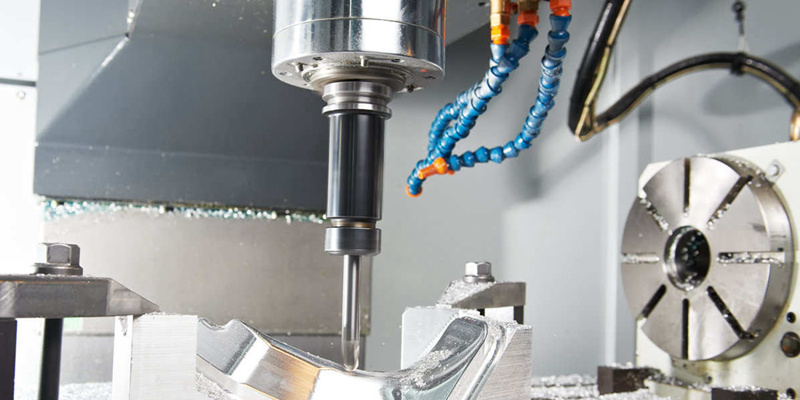More About Prototype Machining - Production Robotics

The smart Trick of Rapid CNC Machining Prototype Manufacturing & Service That Nobody is Discussing

As soon as the G-code is sent to the device, extremely little manual supervision is needed, given that the machine understands when and where to cut and carries out the machining autonomously. This leads to considerable time and expense savings when compared to conventional machining, in which a skilled machinist cuts the workpiece utilizing manually operated cutting tools.

Prototype CNC Machining - Machining Prototyping - CNC Prototyping - CNC Machining Prototype - Rapid Prototyping CNC Machining
Unlike additive production, in which a 3D printer deposits product in layers to form a things, CNC machining involves cutting areas far from a formless block referred to as the "workpiece." Excess material is discarded or recycled, ultimately leaving a completed part. More complicated CNC machines, those with a higher number of axes, are capable of cutting the workpiece in more complex methods, producing parts with more detailed geometries.
Although numerous now consider 3D printing to be the dominant form of rapid prototyping, CNC machining is also an essential process for developing model parts. To understand why, it is advantageous to think about the various kinds a model can take, and to think about why these models exist. Models can have several functions.

Machining Plastic Prototype Parts - Options and Steps Involved - Lindsay Machine Works Inc.
Examine This Report on Prototype Machining and Its Importance in Product Development
These looks-like models might be utilized to assist the R&D procedure or provide proof of idea. If made to a high visual standard, they may likewise be used to pitch a brand-new product to prospective investors. Such models can be extremely important, but they do not always need to be made utilizing high-end professional devices: they might be crafted by hand or printed with a low-end desktop 3D printer.
Depending on the phase of item development, business may require to create engineering prototypes or production prototypes: prototypes that not only appear like the last part, but function like it too, serving as a substitute as near as possible to the genuine thing. While Source might be a great alternative for looks-like prototyping, CNC machining is often more effective for these practical models that require strength, mechanical stability or other characteristics not paid for by additive processes.
CNC machining can be an excellent choice for prototyping, but its viability depends upon the nature of the model. For what function will the model be used? From what material will it be made? And from what product will the final part be made? These and other questions will ultimately guide the user to the most suitable approach of prototyping.
